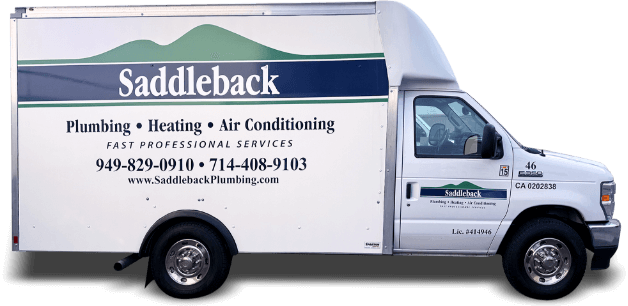How Much Water Does a Leaky Faucet Waste?
August 5th, 2011A leaky faucet is obnoxious for more than one reason. It is incessant, it represents a problem that will probably only grow worse, and it can cost you money on your water bill. Beyond all of that, it wastes a lot of water, putting undue stress on the environment. But, how much water does a leaky faucet actually waste? It may not seem like much, but when added up over a period of time, that leaky faucet’s impact can be fairly substantial.

